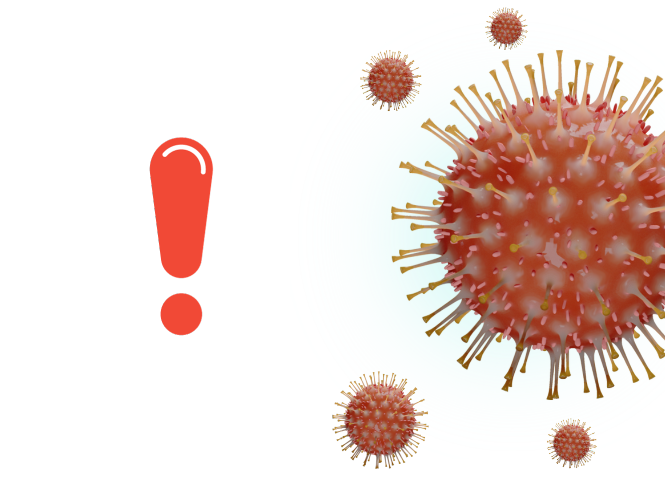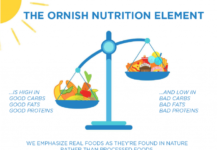When the World Health Organization recommended on Friday which influenza viruses to target in vaccines for next year, it removed a family of viruses that hasn’t been seen since the early days of the Covid-19 pandemic.

As Covid-19 began to spread widely in 2020, people took protective measures such as masking, washing hands and avoiding contact with others — and flu infections plummeted. Although flu has rebounded, the family of viruses known as influenza B/Yamagata did not, suggesting it may have been driven to extinction.
Looking ahead to the 2024 Southern Hemisphere flu season, experts advising WHO on Friday recommended trivalent vaccines, which target three types of flu, include two influenza A strains, H1N1 and H3N2, and an influenza B/Victoria strain. Quadrivalent vaccines, which target four types of flu, can still target a B/Yamagata lineage component.
WHO advisers said in a news conference on Friday that since no B/Yamagata infections had been identified in years, there was no benefit to including it in vaccines.
“That’s not to say that it’s bad to have it in the vaccine, it’s just no longer needed in the vaccine at this point in time and no longer warranted,” David Wentworth, director of the Collaborating Centre for Surveillance, Epidemiology and Control of Influenza at the US Centers for Disease Control and Prevention, said at the news conference. “So our recommendation was to remove that component.”
Flu vaccines are updated regularly because the viruses evolve continuously. WHO’s recommendations are a guide for regulators and manufacturers around the world, but final decisions about what components to include are made by individual countries. WHO’s recommendations for the Southern Hemisphere are typically made in September and recommendations for the Northern Hemisphere are made in February; those schedules allow enough time for regulatory sign-off and production and distribution of the vaccines ahead of each hemisphere’s flu season.
In their report on the 2024 Southern Hemisphere flu vaccine recommendations, WHO’s advisers also considered that use of B/Yamagata viruses to manufacture the vaccines poses a “theoretical risk of reintroduction into the population.” That theoretical risk can be mitigated if B/Yamagata is excluded from the vaccines, they wrote.
“We’re balancing the absence of circulation of the Yamagata lineage virus with a theoretical risk that we are manufacturing and using a component that’s not necessary,” said Kanta Subbarao, director of the WHO Collaborating Centre for Reference and Research on Influenza at the Peter Doherty Institute for Infection and Immunity in Australia.
The vaccines being administered in the United States for the current flu season are quadrivalent vaccines — two influenza A viruses, H1N1 and H3N2, and two influenza B viruses, including a Yamagata lineage. Evidence from the earlier Southern Hemisphere season suggests they will be a good match for the viruses circulating this fall and winter.
WHO advisers emphasized that flu vaccines are safe and effective, no matter which formulation a country uses. Wentworth said the US Food and Drug Administration has been looking into whether to shift to a trivalent vaccine for future flu seasons, but it’s not a change that can happen overnight, given the licensing and manufacturing shifts needed.
The FDA’s vaccine advisory committee is scheduled to meet October 5 to discuss recommendations for flu vaccines to be offered in the Southern Hemisphere in 2024.
Source: By , CNN
Url: https://edition.cnn.com/2023/09/29/health/who-flu-vaccine-recommendation-2024










